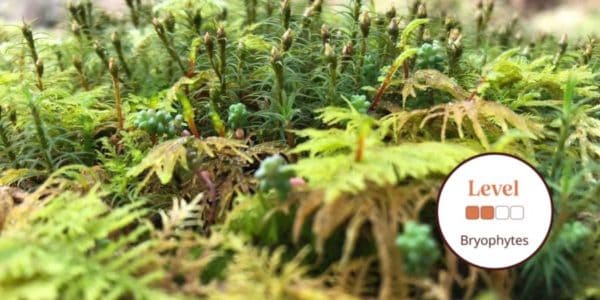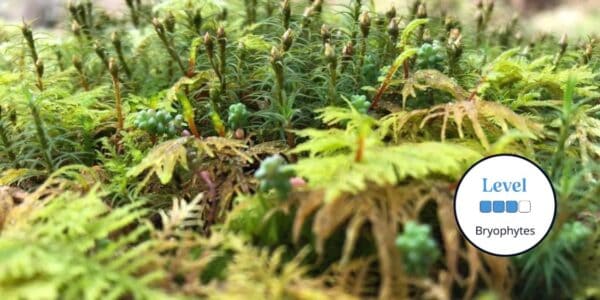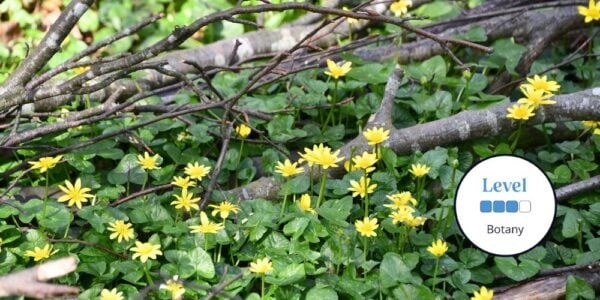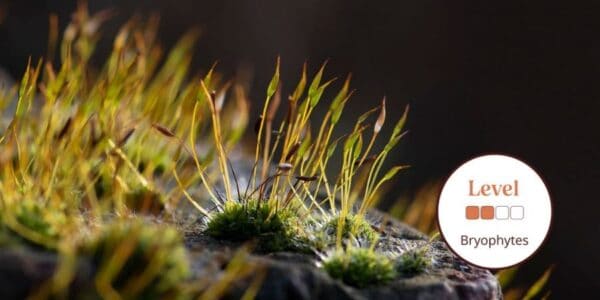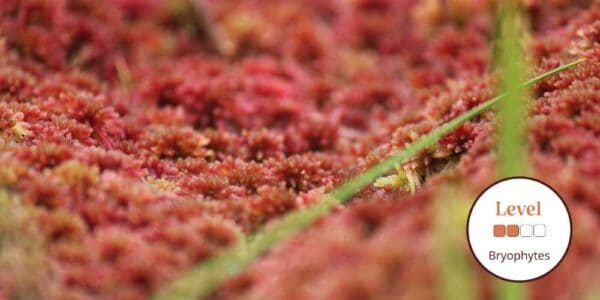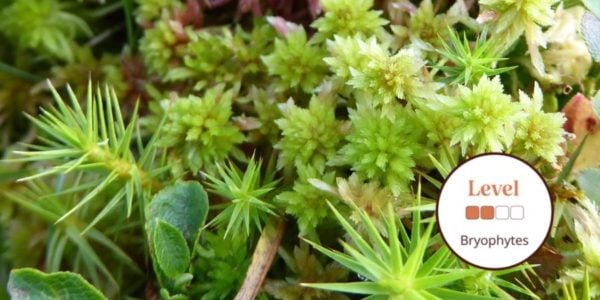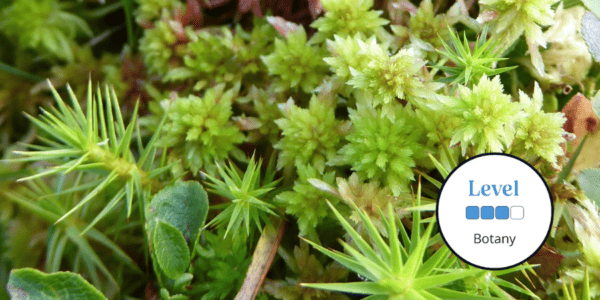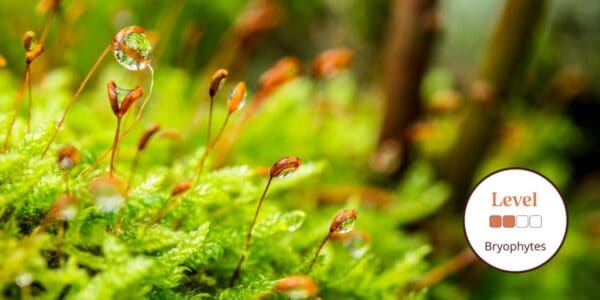
Discover more as you learn about UK mosses liverworts and hornworts and improve your skills on our beginner to advanced courses.
We run regular bryophytes courses throughout the year delivered online and UK wide by expert tutors and follow a framework to progress your learning at a level to suit you.The mosses and liverworts, together with the hornworts, are a group of small flowerless plants together known as the Bryophytes. There are around 760 species of moss, 300 species of liverwort and four species of hornwort known currently in the British Flora.
Bryophyte Identification
They form an important part of our flora, the bog mosses (Sphagnum) in particular playing a critical role in the control of our water as well as providing an important habitat for other plants and animals. They are sensitive to both air and water quality and provide important indicators to the “health” of our environment.
They are all small and need skill and practice to identify – typically field identification requires the use of a lens and very often microscopy is needed to confirm identifications. On the other hand they are abundant in many different habitats and can be studied throughout the year making them a very accessible group. Our bryophyte courses are taught by expert botanists who will teach you about both their ecology and identification.
The differences between mosses and liverworts are not clear-cut but, once shown by our tutors most of these differences are straightforward to see using a pocket lens. Scientists now believe that, although the plants can look similar the evolutionary differences are, in fact, profound. A start to their study can be made in towns and gardens and on local walks as they grow in lawns, on walls and paths, on soil and rock and many are what are known as “epiphytic” – they grow on trees. For the more adventurous they form an important part of bog floras and many unusual species grow on the coast or in high mountains.
You may like to read our Guest Blog by Bryophyte Expert and Tutor Laurie Wildwood
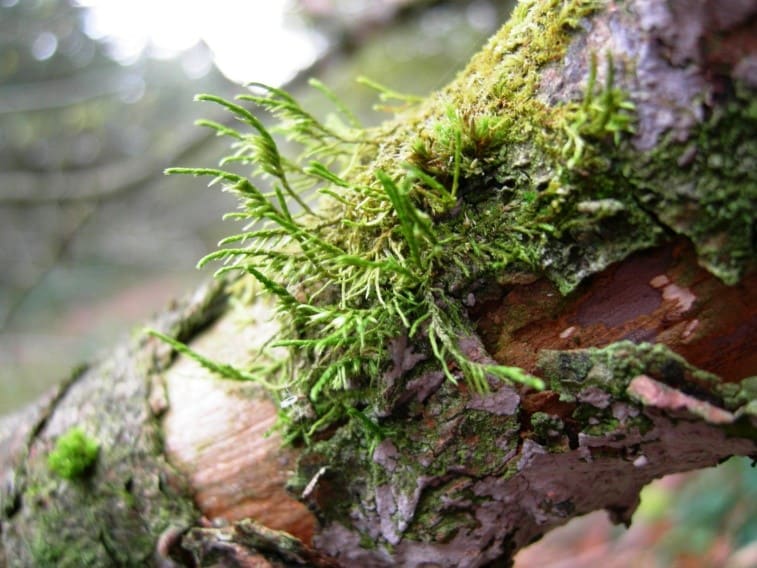
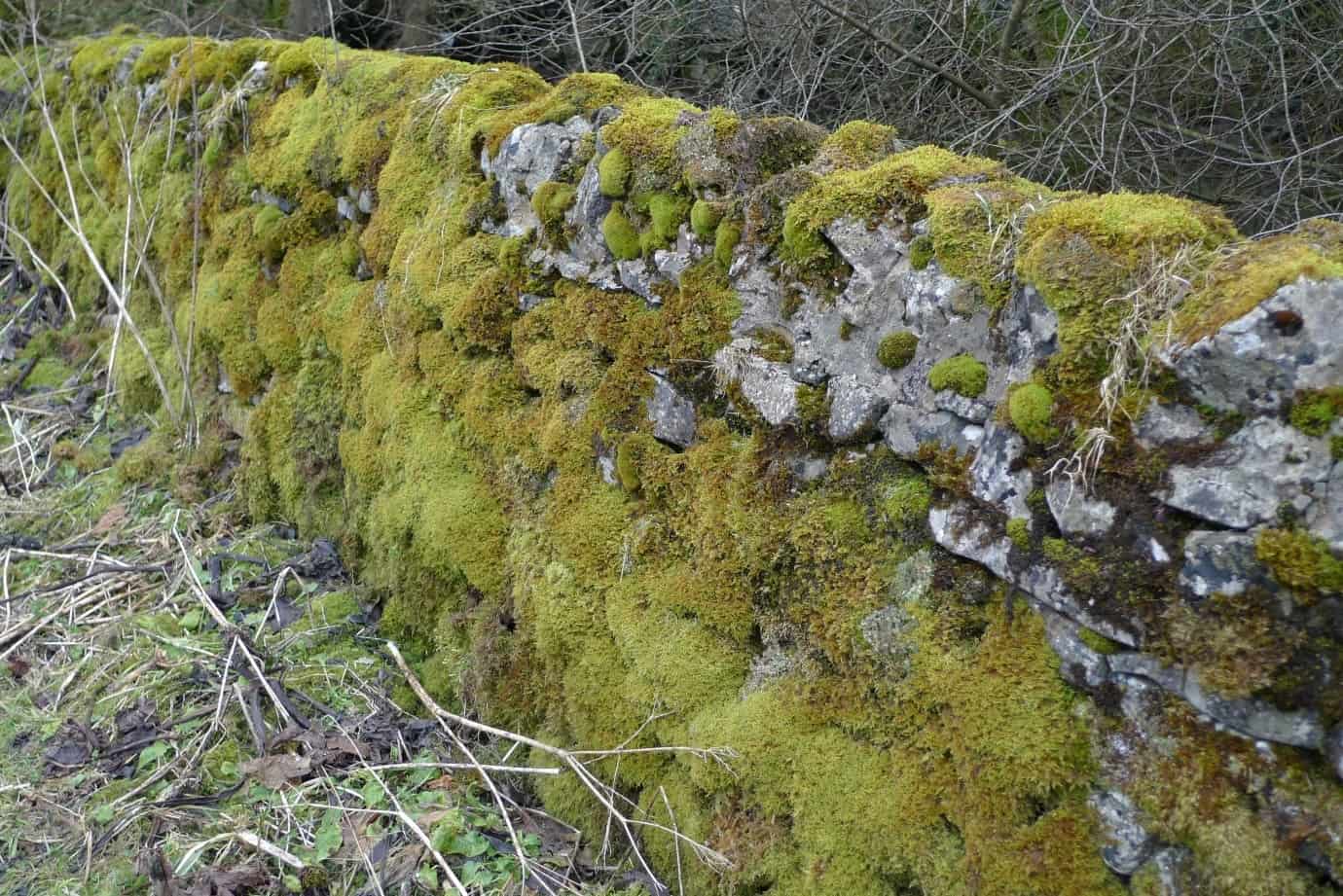
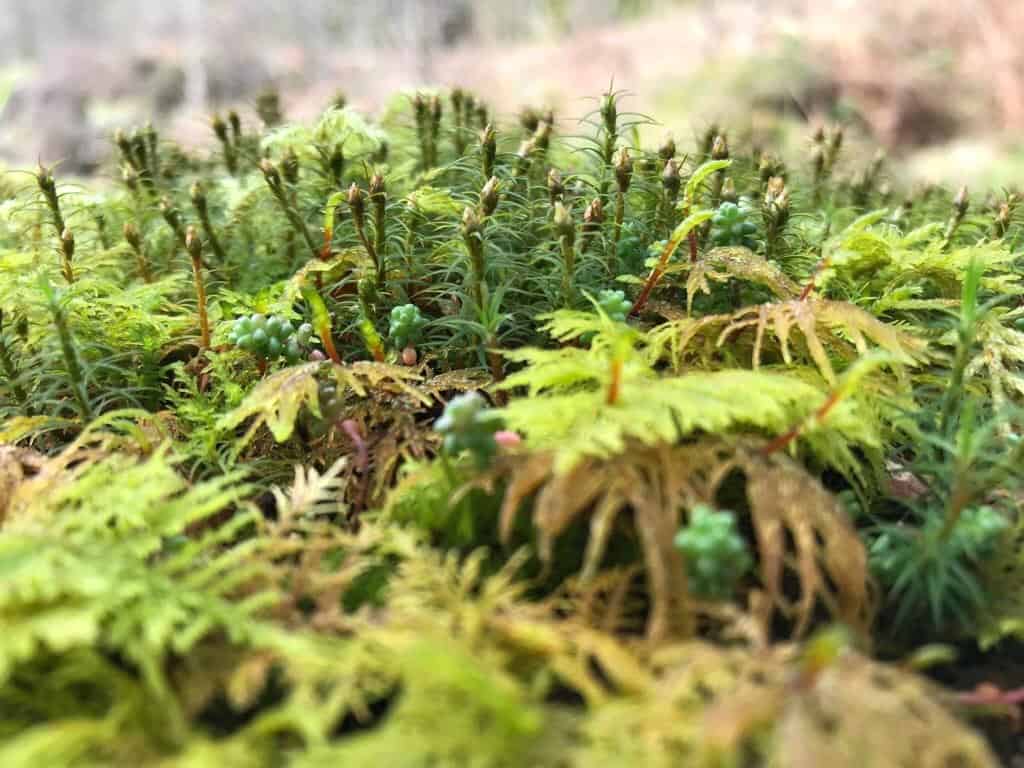
Mosses and Liverworts Identification Courses
Our bryophytes courses are delivered by experts in the field, and will equip you with the skills and knowledge to discover more about the habits and life-cycles of Britain’s mosses, liverworts and hormworts. Our beginner courses are for anyone interested in discovering and exploring the ecology of British amphibians. You can learn how to identify the key characteristics of amphibians and acquire or improving identification and survey skills. We also offer licensing courses for more advanced levels.
Training is led by expert tutors who are passionate about the subject. Taking place at venues across the UK, or online, our courses are designed to progress your learning at a level to suit your needs. If you are interested in our bryophyte online training, you can read about our Moodle learning environment.
Each course is part of a learning framework. You can see the course level descriptions here. Natural history courses are available at all levels from beginner through to professional training.
Bryophyte Identification resources:
Sphagnum mosses guide: The FSC Sphagnum mosses in bogs guide covers 12 of the most important Sphagnum mosses of bogs throughout Britain and Ireland.
Woodland mosses guide: FSC Woodland mosses guide features 7 liverworts and 16 mosses found in woodland in Britain and Ireland. This introductory guide uses photographs of each species, with accompanying text descriptions of what characters to look for. As this is a guide for beginners, the author has kept technical terms to a minimum.
Garden mosses guide: FSC Garden mosses guide features 6 liverworts and 18 mosses common in gardens and towns in Britain and Ireland. Photographs of each species accompany descriptions of what features to look for. As this is a guide for beginners, the author has kept technical terms to a minimum.
Sphagnum mosses AIDGAP: Field key to the mosses of Britain and Ireland. Written by two experienced field teachers, Sphagnum mosses AIDGAP covers all 36 species of the UK and Ireland.
Partners
The British Bryological Society fully supports the aim of promoting active conservation through learning. For more details about the work of the Society or for membership information, visit www.britishbryologicalsociety.org.uk

